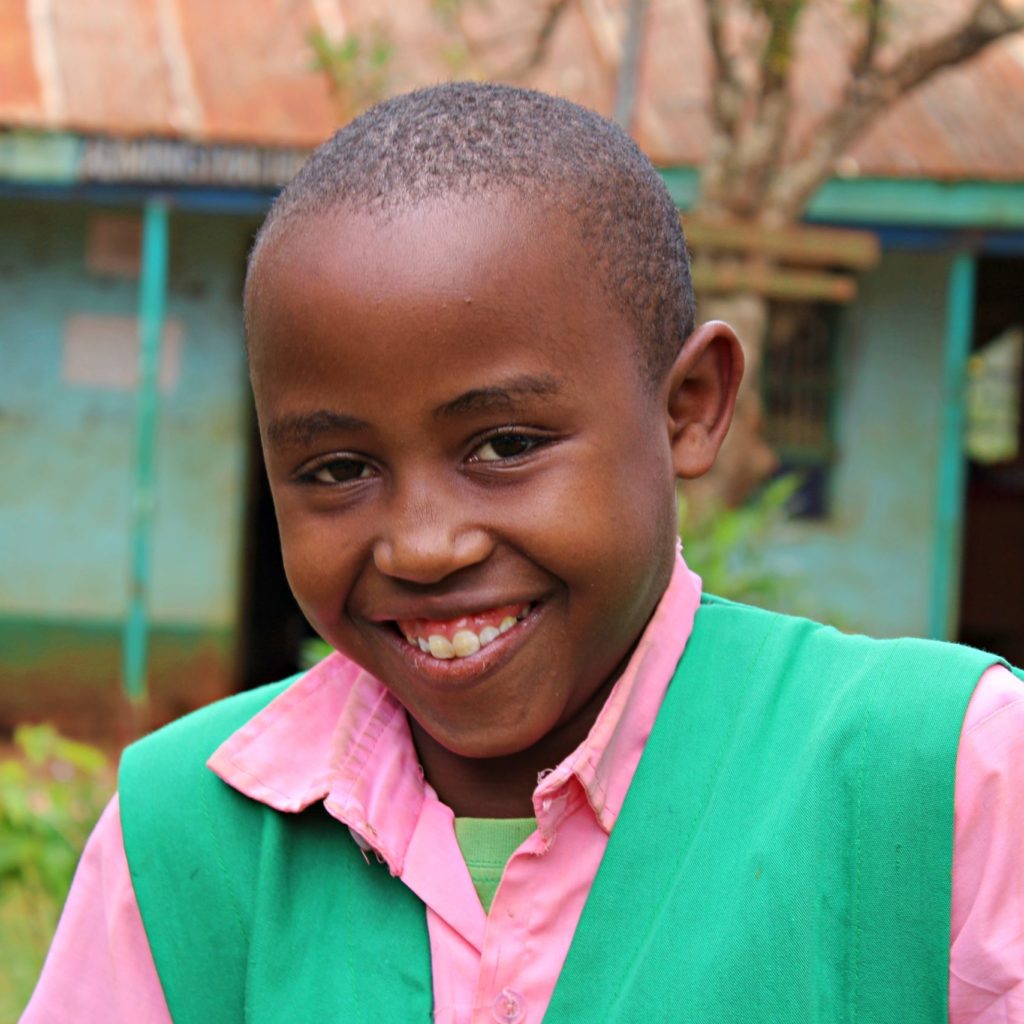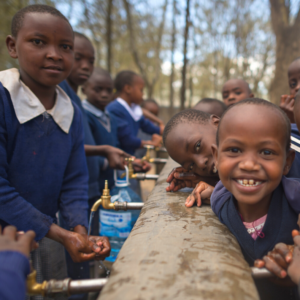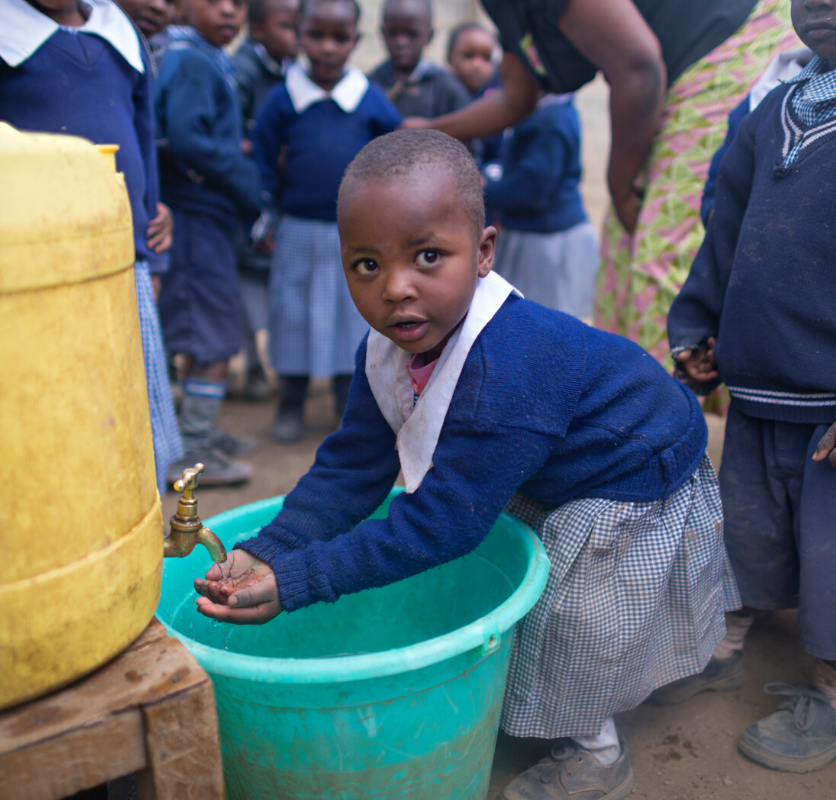October 6, 2022
Clean Water to Clean Hands
When we think about clean water, we usually think of water bursting from the drill, and the happy moments that come right after – children and adults alike holding up a clear glass of water, taking a big gulp, and knowing they will no longer have to worry about drinking contaminated water. But, what is often forgotten is the benefit of water beyond this. Yes, clean water is critical for drinking, but with it also comes sanitation and hygiene, and a Ripple Effect of impact.
According to UNICEF, an estimated 5 million people in Kenya practice open defecation, and among that group, only 25% have hand washing facilities with soap and water. While these statistics sound dire, this is not unique to Kenya, but something that many countries in East Africa and around the world experience. In fact, only 3 out of 5 people worldwide have basic handwashing facilities.
Yet, handwashing itself is an extremely powerful agent of wellbeing and an important result of access to plentiful water. The Global Handwashing Partnership states that “handwashing is key to reducing the burden of many diseases which pose chronic challenges to health and development.”
“Handwashing is key to reducing the burden of many diseases which pose chronic challenges to health and development.”
Handwashing with soap can not only reduce diarrheal diseases by 30% and acute respiratory infections by up to 20%, but it also achieves benefits beyond disease reduction, such as increased school attendance and enhanced dignity.

Access to handwashing and drinking water facilities at community institutions like schools and clinics is vitally important for education and overall community health. 43% of schools lack a handwashing facility with water and soap, affecting 818 million school-age children, (UNICEF). When students can wash their hands at school, it prevents diseases that are more dangerous for children, and enables them to stay in class, without getting sick as often. Sinks and a place to wash are also vitally important for girls when they reach puberty. According to Dignity for Her, almost 23% of girls drop out of school because they don’t have a way to manage their menstruation, which “critically undermines their potential as individuals and future workers.”
 But, once we implement a reliable clean water system, we see communities build more sanitation facilities across both private and public properties, leading to safer defecation and drastically increasing handwashing. With more handwashing, personal hygiene improves and diseases are less likely to spread. And with better hygiene, infant mortality rates plummet, the overall health of communities increases, and children have one less basic need that they have to search for.
But, once we implement a reliable clean water system, we see communities build more sanitation facilities across both private and public properties, leading to safer defecation and drastically increasing handwashing. With more handwashing, personal hygiene improves and diseases are less likely to spread. And with better hygiene, infant mortality rates plummet, the overall health of communities increases, and children have one less basic need that they have to search for.
It would be difficult to analyze hygiene and not directly link it to the availability of clean, reliable water. While handwashing is just one part of the Ripple Effect of clean water, we can all agree that improving handwashing and hygiene spills over into every other aspect of thriving communities.
And that together, by investing in global water projects for those who need it most, we can help reach UN Sustainable Development Goal #6: Water and Sanitation for All.
